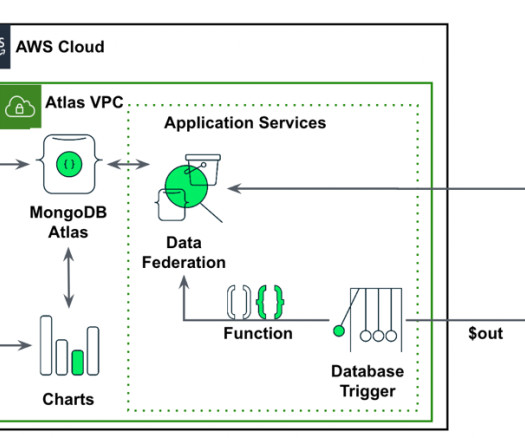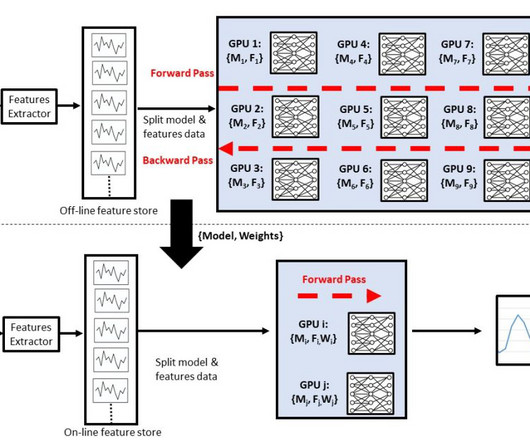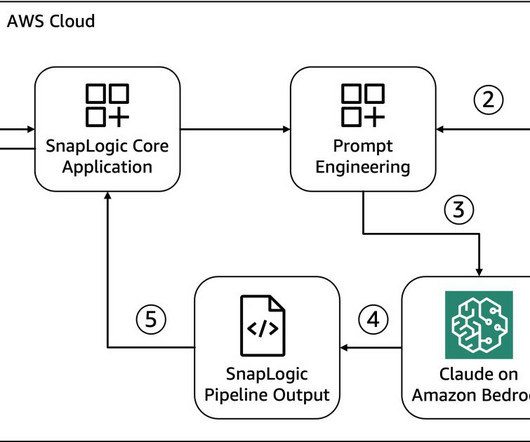AI Language Showdown: Comparing the Performance of C++, Python, Java, and Rust
Unite.AI
AUGUST 27, 2024
Python's simplicity and powerful libraries have made it the leading language for developing AI models and algorithms. Java is particularly well-suited for enterprise-level AI solutions, where integration with big data technologies like Hadoop and Spark is often required.


















Let's personalize your content